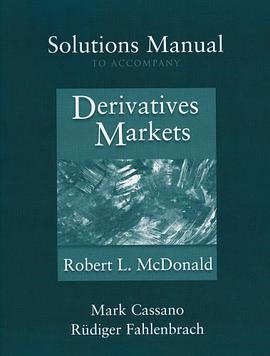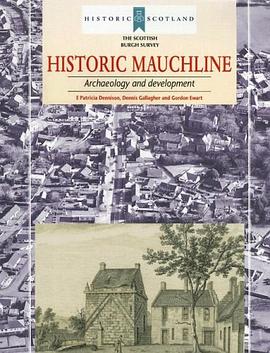

具体描述
Archaeoacoustics focuses on the role of sound in human behaviour, from earliest times up to the development of mechanical detection and recording devices in the 19th century. Recent calls for an "archaeology of the senses" have served as a timely, even overdue reminder that the past which we experience - and which others have experienced before us - is multisensory, drawing not only upon the primary field of vision, but also on touch, smell and hearing. Megalithic tombs, Palaeolithic painted caves, Romanesque churches and prehistoric rock shelters all present specific sound qualities which offer clues as to how they may have been designed and used. Voices resonate, external noises are subdued or eliminated, and a special aural dimension is accessed which complements the evidence of our other senses. The present volume, arising from a conference held at the McDonald Institute in 2003, brings together archaeologists and specialists in early musical instruments and acoustics in an attempt to unlock some of the meaning latent in the acoustics of such early structures and spaces. It is essential reading for all who are concerned with seeking a broader understanding of human sensory experience from prehistory up to historical times. Price approx.
作者简介
目录信息
读后感
评分
评分
评分
评分
用户评价
相关图书
本站所有内容均为互联网搜索引擎提供的公开搜索信息,本站不存储任何数据与内容,任何内容与数据均与本站无关,如有需要请联系相关搜索引擎包括但不限于百度,google,bing,sogou 等
© 2025 book.quotespace.org All Rights Reserved. 小美书屋 版权所有




















